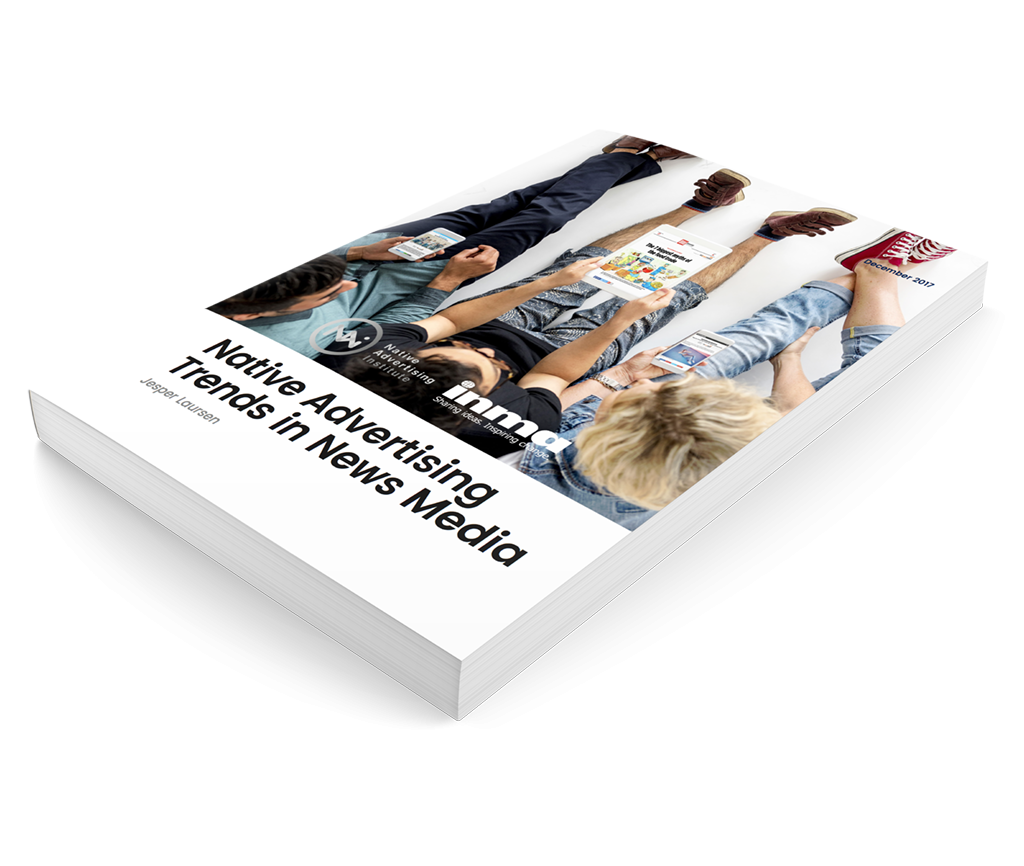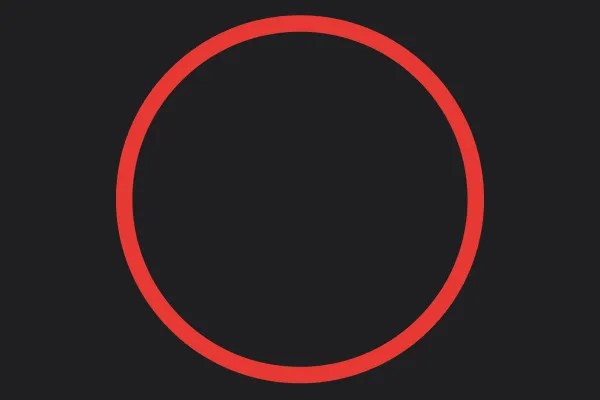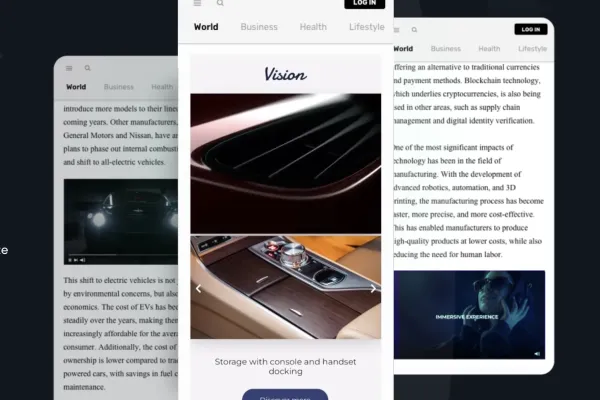
By Anthony Bergs
Project Manager at Writers Per Hour
New Jersey, USA
Connect
This article explores the nuances of influencer marketing with a focus on micro-influencers and presents ideas on how to leverage them.
The costs of digital marketing campaigns are increasing rapidly, and the ROIs generated from them are declining.
Google and Facebook take the maximum share of the pie by charging heavily for digital marketing activities while the small businesses don’t find any significant value.
This has forced businesses and digital marketers to explore other avenues of increasing their online visibility, and the influencer marketing has emerged as a viable choice.
The influencers are broadly divided into four categories with micro influencers being the most effective in helping businesses increase and expand their reach and improve SEO performance.
This article explores the nuances of influencer marketing with a focus on micro-influencers and presents ideas on how to leverage them.
According to a Nielsen report, 92% of consumers trust the word of other persons when making a choice of a product or service instead of relying on the information given by the businesses and advertisers.
The rise of influencer marketing
The influencer marketing is a form of digital marketing where the marketers engage influential people with a decent following in the social media.
The influencers are domain specialists, experts in their fields, or scholars who possess a sound knowledge of their subjects.
Thus, their followers consider their word as authoritative and ideas credible and authentic. So, when they promote a product or service, cite the examples of these solutions in their content, or speak positively about them, it’s likely to pique the interest of their followers and entice them to buy the product or service.
The influencer marketing is a digitised version of the word of mouth publicity that the businesses have used traditionally. However, the earlier form of word of mouth publicity had limited reach as individuals knew very few people personally.
RELATED: Increasing Brand Trust with Influence - and Finding the Right Influencer
The advancements in the internet have led to the creation of huge social networks and connectivity. People have thousands of persons in their network. Word of mouth has now reached massive proportions.
According to a Nielsen report, 92% of consumers trust the word of other persons when making a choice of a product or service instead of relying on the information given by the businesses and advertisers.
This is where the influencer marketing scores above the rest.
When compared with other types of digital marketing, the influencer marketing delivers 11 times higher Returns on Investments. It also increases revenue by $285 for each set of 1000 views of a marketing content promoted by an influencer.
Hence, from a cost-benefit perspective, influencer marketing delivers higher and sustainable results.
There’s also a technical aspect that maximises the advantages of influencer marketing.
A Reuters report states that the number of online users that use ad blocking applications is on the rise.
RELATED: Ad Blocking and Native Advertising - Friends or Enemies?
It is much higher among the younger generation users and in some cases exceed 50%. More users plan to use ad blockers in the future.
Ad blocking is the single largest enemy of the digital marketers which is directly impacting their revenues.
However, influencer marketing is impervious to any such blocking apps because of a very simple reason – it’s not an ad. Digital marketers have gauged these advantages of influencer marketing, which is the reason 84% of them are using some form of influencer marketing in 2017.
lthough at an individual level they have a very small following as compared to the other categories, at an aggregate level they have a much higher total following than the other types of influencers.
Micro-influencers
Micro-influencers have emerged as the most powerful digital marketing catalysts. But before we analyse how you can leverage them to widen your brand’s reachability and improve your SEO, let’s take a look at the type of influencers. It’ll give you an appropriate idea to understand the demarcation between the influencers and select the right micro-influencers.
- Celebrities
They are the most prominent and popular influencers with millions of followers. And, they’re the least potent.
Advertisers have used celebrities to endorse their products for over a century now, but their endorsements are merely advertisements. So, even as influencers, they’re no more than paid advertisers, and audiences know it.
RELATED: How a Bookstore Re-Established Itself With Authentic Influencer Video
- Macro influencers
Macro influencers have a massive following with almost a million followers. These are authority figures in their fields like scientists, educationists, and artists.
- Middle-level Influencers
These are also highly popular influencers, but their audience is much smaller than macro influencers. Usually, 100,000 people follow them.
- Micro Influencers
They have the lowest follower base with an average of around 10,000 followers. This category of influencers constitutes the highest percentage of influencers.
Although at an individual level they have a very small following as compared to the other categories, at an aggregate level they have a much higher total following than the other types of influencers.
Micro influencers could include people such as a locally popular doctor or chef, or even a university professor.
RELATED: How Electronics Company Penetrated Gaming Market by Pranking Youtube Influencers
These people have a very small and yet intense following. It’s intense because these aren’t general followers but rather people from a similar field. For example, the influencer doctors will have only medical professionals as their followers and not the general public.
So, despite having a smaller network, they make a much more profound impact on the people in their network than any other type of influencers. They also share a more personal relationship with the individuals in their network, which makes them more influential than the other categories of influencers.
Micro influencers have personal engagements with their audiences. They’ve worked painstakingly over the years to build a small but loyal follower base.
How micro-influencers can expand reach and improve SEO
A high conversion rate
Micro influencers have the highest engagement rates with their audiences. When a micro influencer shares a content; on an average almost 8% people in their network like it. Similarly, 0.5% comment on their shared content.
This percentage is dismally low for celebrities who get around 1.6% likes and 0.04% comments.
Cost-benefit analysis and increased reach
A simple mathematical calculation tells us that 100 micro influencers with a reach of 10,000 followers each would have a total follower base of 1 million, which is equivalent of a macro influencer or celebrity.
RELATED: Content Creation and Distribution: Can't Have One Without the Other
However, the content shared by 100 micro influencers will receive 80,000 likes and 5,000 comments. Whereas, this number will be 16,000 likes and 400 shares for celebrities.
While a celebrity would charge millions of dollars and a macro influencer would not readily agree to endorse a product for monetary gains, a macro influencer usually charges $500 per endorsement.
For 100 micro influencers, a business would have to pay $50,000 whereas this will be upwards of a $1 million for a celebrity. The cost of 100 micro influencers is just 5% of that of a celebrity for a million followers but their conversion rates of likes are 5 times more, and comments are 12 times higher.
Improved SEO
Micro influencers have personal engagements with their audiences. They’ve worked painstakingly over the years to build a small but loyal follower base.
It means their wide network isn’t a product of their popularity but respect for their knowledge and experience.
RELATED: 5 Experts on How Not to Deceive Your Audience
When these influencers share content to endorse a brand or its products, their endorsements are genuine and credible. They generate more engagements in the form of likes, shares, and comments.
Thus, there’s an increase in the online activity of the content shared or promoted by them, which organically spreads over a large number of the audience which is beyond the individuals in their direct network.
All these factors make a positive impact on the SEO while keeping the costs low.
Once you’ve identified the potential micro influencers, send personalised emails and state your intent clearly.
Identifying and engaging Micro Influencers
Social media networks are the best places to find micro influencers. Twitter, LinkedIn, Instagram, and Facebook are the perfect channels where you can browse through the users with a high number of friends/connections.
Similarly, owners of YouTube channels with a substantial number of subscribers are also potential micro influencers.
RELATED: How Food Company Raised Brand Awareness by Focusing on All That's Good
Contributors to popular digital contents such as Forbes and Entrepreneur are also micro influencers who assertively share their content on social media channels.
Even a simple Google search will help you identify authority figures in specific industries.
Once you’ve identified the potential micro influencers, send personalised emails and state your intent clearly. Make an excellent offer which they can’t avoid. And, once you’ve built a relationship with them, maintain it forever.
How businesses have leveraged Micro Influencers
Tom’s of Maine
'Tom's of Maine' is a maker of personal care products using only natural ingredients. They ran a micro influencer campaign by engaging individuals with a network of 500-5000 followers.
It increased the company’s customer reach by 600%. Additionally, for each set of 1000 influencers, the company witnessed more than 6000 social media interactions.
Zafferano
It’s a restaurant based in Singapore. Zafferano leveraged micro influencers on Instagram by inviting them to the restaurant to taste its food.
With just 11 influencers, the restaurant engaged more than 65,000 potential customers within a span of 10 days. Their Instagram campaign also helped them garner 8,500 likes and 280 comments.
Engaging multiple micro influencers instead of one celebrity or macro influencer increases not only the width of the reach but also its depth.
Conclusion
Micro influencers offer low-cost and high ROI marketing solutions. They also increase the reach of a business exponentially and are highly trusted by their followers. Thus, engaging multiple micro influencers instead of one celebrity or macro influencer increases not only the width of the reach but also its depth.
These influencers also put tremendous efforts in forging personal relationships with their followers which ensure they generate substantially more social media engagements, which positively affects SEO.







